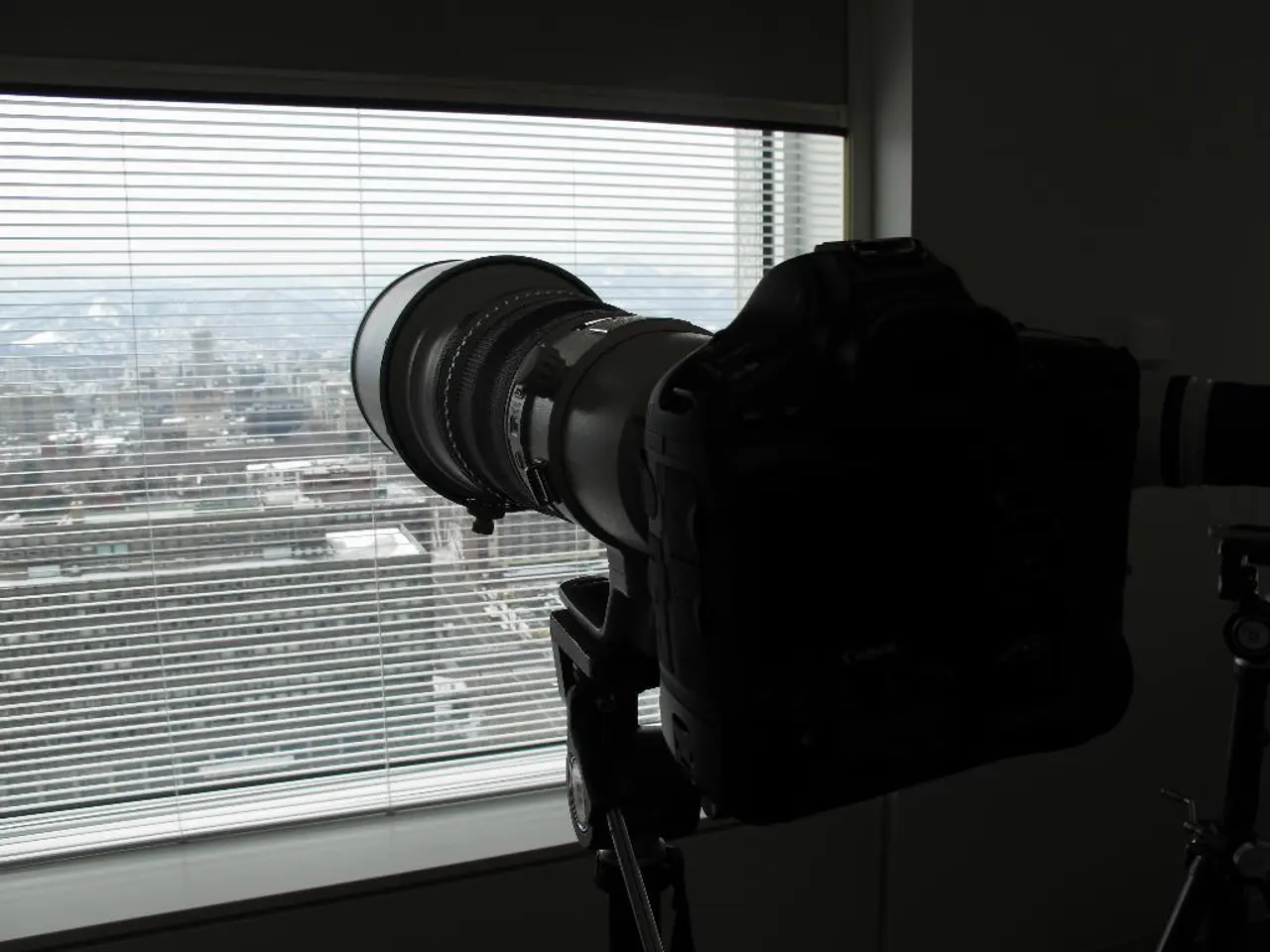Home Security Camera Placement: Expert Advice and Tips
Improving Home Security: Prioritizing Camera Placement for Optimal Protection
Home security is a crucial concern for many homeowners, and the placement of security cameras plays a significant role in deterring crime and facilitating investigations. Here's a guide to prioritizing camera placement for enhanced home security.
Entry and Exit Points: The First Line of Defence
The primary locations for home security camera placement are the entry and exit points of the home, including front doors, back doors, and any side entrances. These locations are essential because they monitor and record anyone entering or leaving, providing key evidence for access control and deterring unauthorized access or intruders.
Covering Vulnerable Outdoor Spaces
Other important places include driveways, walkways, and exterior areas such as parking spots or patios. These areas help detect suspicious activity before someone reaches the door and cover vulnerable outdoor spaces.
Monitoring Valuable Items
Reception or transaction areas inside the home office or main entrance should be monitored if applicable, where valuables or cash might be handled. This helps reduce theft or disputes. High-value asset zones, such as storage locations for important equipment, are also frequent targets for theft or vandalism and should be covered.
Maximizing Coverage and Minimizing Blind Spots
To maximize footage coverage while minimizing blind spots and avoiding privacy intrusion, cameras should be mounted at 8-10 feet in height and in corner positions with good angles. Cameras are typically avoided in private areas like bathrooms, but hallways leading to such areas can be monitored to track traffic without violating privacy.
Balancing Coverage, Privacy, and Space Constraints
For compact spaces, such as tiny homes, camera placement needs to balance coverage with privacy and space constraints, recommending cameras focused on the exterior entry points and valuable outdoor equipment.
Tips for Optimal Camera Placement
- Tilt cameras slightly downward, avoiding pointing straight down or aiming into the sun.
- Ideally, other parts of your property should have camera coverage.
- For optimum security, windows as well as doors on the ground floor should have camera coverage.
- Security lighting can draw more attention to the presence of security cameras, potentially deterring intruders.
Long Range Coverage and Privacy Zone Features
Some home security cameras offer long range coverage, up to 250m in the open air, and privacy zone features to block out specific areas when setting up a camera. A third camera promises up to two years of battery life.
Expert Advice
Carlos Dhunay, security expert and owner of home security company Telcam, suggests covering ground floor doors and windows with cameras for a true deterrent. Anthony Neary, founder and security expert at home and business security retailers Safe.co.uk, emphasizes the importance of focusing on access points when positioning home security cameras.
With good placement, wide-angle lenses, and possibly multi-camera kits, you can get solid coverage of every vulnerable spot without going overboard. However, camera footage should not capture detailed images of areas where others have a reasonable expectation of privacy, such as neighbours' interior windows and gardens.
By prioritizing entry/exit points and high-risk areas, you can optimize security camera effectiveness, capturing critical footage to deter crime and facilitate investigation.
1) In addition to entry and exit points, valuable items inside home offices or main entrances should be monitored by security cameras to reduce theft or disputes.2) To maximize coverage while minimizing blind spots and privacy intrusion, cameras should be mounted at 8-10 feet in height and in corner positions with good angles.3) For optimum home security, windows as well as doors on the ground floor should have camera coverage to provide continuous monitoring.4) For compact spaces like tiny homes, cameras focused on the exterior entry points and valuable outdoor equipment can offer effective coverage while balancing privacy and space concerns.5) Long range cameras with privacy zone features, capable of up to 250m coverage in the open air and up to two years of battery life, can provide comprehensive coverage for larger properties.6) By prioritizing placement of cameras at entry/exit points and high-risk areas, you can optimize camera effectiveness and capture essential footage for crime deterrence and investigation.




